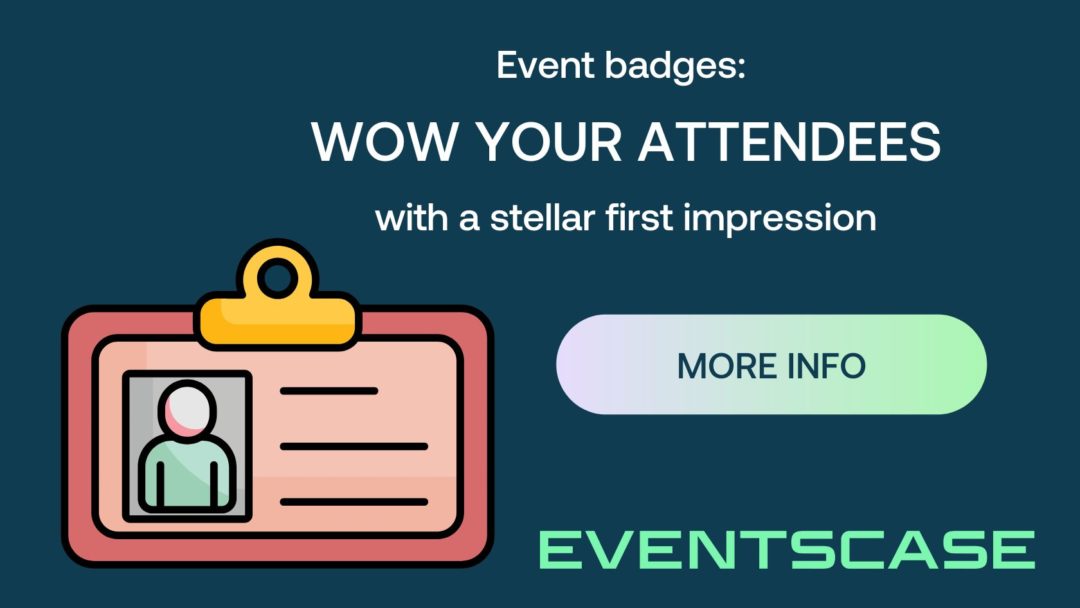Workshops can be powerful tools whether you’re training a team, solving problems, or sparking new ideas. But knowing how to run a workshop that’s genuinely effective? That takes more than a flipchart and good intentions.
We’ve all been there: a stuffy room, a rambling speaker, and a vague agenda that leaves everyone wondering why they’re even there. But it doesn’t have to be that way. When a workshop is well-planned and facilitated, it becomes something memorable. People leave energised, aligned, and ready to take action.
If you’re wondering how to organise a workshop that people actually enjoy and find useful, here are five essential elements to get you started.
1. Start with Clear Objectives
Before you build slides, book a room, or even send an invite, start here. Ask yourself: What exactly do I want participants to walk away with?
Are you introducing a new tool? Solving a team challenge? Brainstorming a campaign? Your objective should guide every decision you make—from timing to activities to how you evaluate success.
As a workshop facilitator, your role is to keep that objective visible throughout. A good way to do this is to literally put it on the wall or screen at the start, and return to it throughout the session.
Tip: Try framing your objective as a question participants will help answer together.

2. Know Your Audience
This might sound obvious, but it’s often overlooked when learning how to run a workshop. A workshop designed for senior leaders will look very different from one aimed at first-year interns. The tone, pace, and format should all be tailored.
Think about their experience levels, learning preferences, and even their energy patterns during the day. If you’re running a workshop for creative teams, make space for unstructured thinking. If your audience is more analytical, they’ll want structure and clear steps.
Whether you’re a seasoned workshop facilitator or planning your first session, adapting to your participants is what makes content land.
If you’re planning a hybrid or multi-location workshop, the choice of technology becomes even more critical. In this case, using a robust hybrid event management software can help ensure seamless participation both on-site and remotely.
3. How to Run a Workshop That Encourages Real Interaction
People don’t come to workshops to be talked to. They come to contribute, explore, and co-create. That means ditching lecture-style delivery in favour of activities that encourage participation.
Try this:
- Breakout groups with a specific challenge to solve
- Sticky-note brainstorming on shared boards
- Role-playing real-life scenarios
- Voting on priorities using dot stickers or digital tools
When planning how to run a workshop, always ask: Where are the moments for people to think, speak, and move? The best sessions feel like conversations, not lectures.
You can get more inspiration from this related post on the Eventscase blog about boosting participation through interactivity.

4. Get the Logistics Right
Even the best content falls flat when the basics aren’t handled. Think of logistics as the invisible framework that holds your workshop together.
Here’s a quick checklist:
- Is the space the right size and layout?
- Is the tech tested and working?
- Do you have enough materials: pens, sticky notes, flipcharts?
- Are breaks scheduled at logical times?
Food, lighting, temperature—it all matters more than you think when learning the ropes of how to run a workshop. And don’t forget to plan for the unexpected. If the Wi-Fi goes down or a guest speaker cancels, what’s your Plan B?
Whether you’re learning how to organise a workshop or you’ve done it dozens of times, never underestimate the power of good prep.
5. Close with Purpose
You’ve run a brilliant session. Now it’s time to land the plane.
Too many workshops end with a vague “Thanks for coming!” and no real sense of closure. A strong finish includes:
- Recap of what was achieved
- Clear next steps or actions
- Space for feedback
This helps participants consolidate what they’ve learned and know what happens next. It also reinforces that their time was well spent.
Bonus Tip: Follow Up
Your job on how to run a workshop doesn’t end when people walk out the door. A quick follow-up can be the difference between a forgotten event and lasting impact.
Send an email within 24–48 hours with:
- Key takeaways
- Any resources or handouts
- Action items and who’s responsible
- A thank-you and feedback link
This not only shows professionalism, but it helps keep the momentum going. As any great workshop facilitator knows: what happens after matters just as much as what happens during.

Conclusion
Learning how to run a workshop well isn’t about having all the answers. It’s about creating the right environment for people to find them together.
Whether you’re training teams, solving problems, or co-creating ideas, the key is to be thoughtful, clear, and adaptable. Know your purpose, prepare your space, and above all—trust the process. You’ll be surprised what people can accomplish when the conditions are right.
If you’re looking for tools to support your next session—whether in-person, online, or hybrid—visit Eventscase, your partner in smart, scalable event technology.
If you would like to subscribe to our newsletter to get live updates on everything related to our platform – news, blogs, events, announcements and much more, please, register here.



![image1 - The Ultimate Event Planning Checklist [Task Management Template] The Ultimate Event Planning Checklist [Task Management Template]](https://eventscase.com/blog/wp-content/uploads/2021/09/image1-340x184.jpg)


